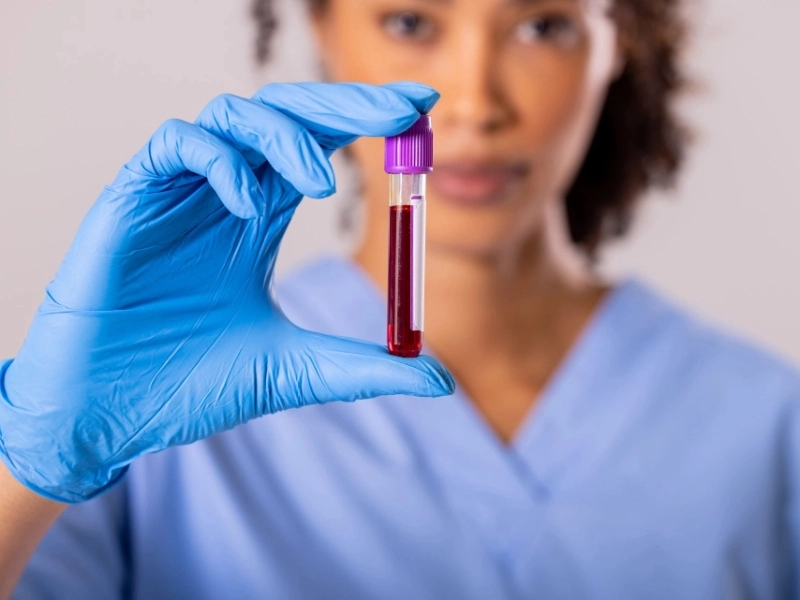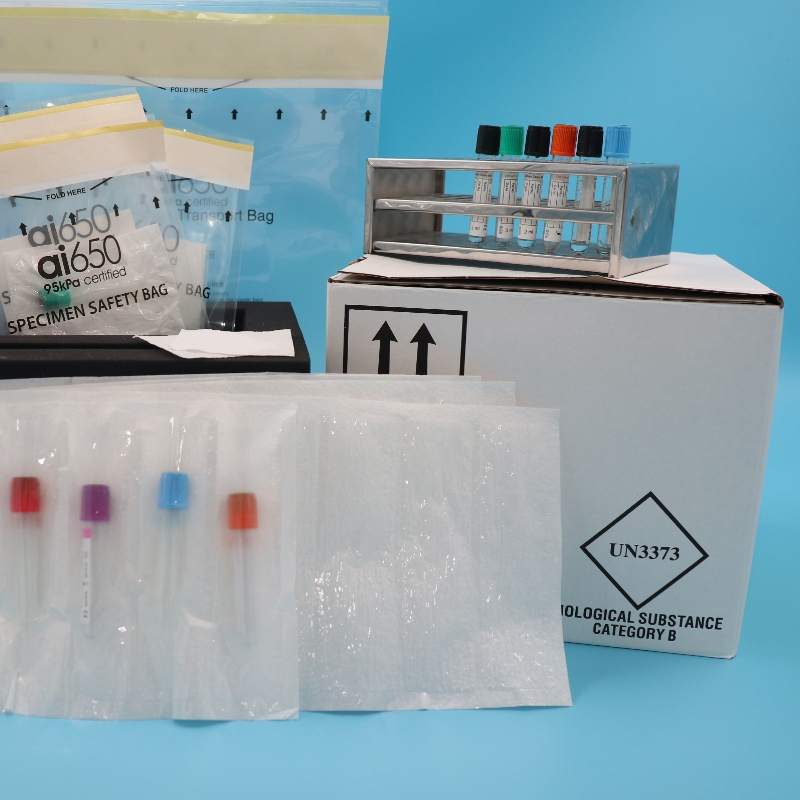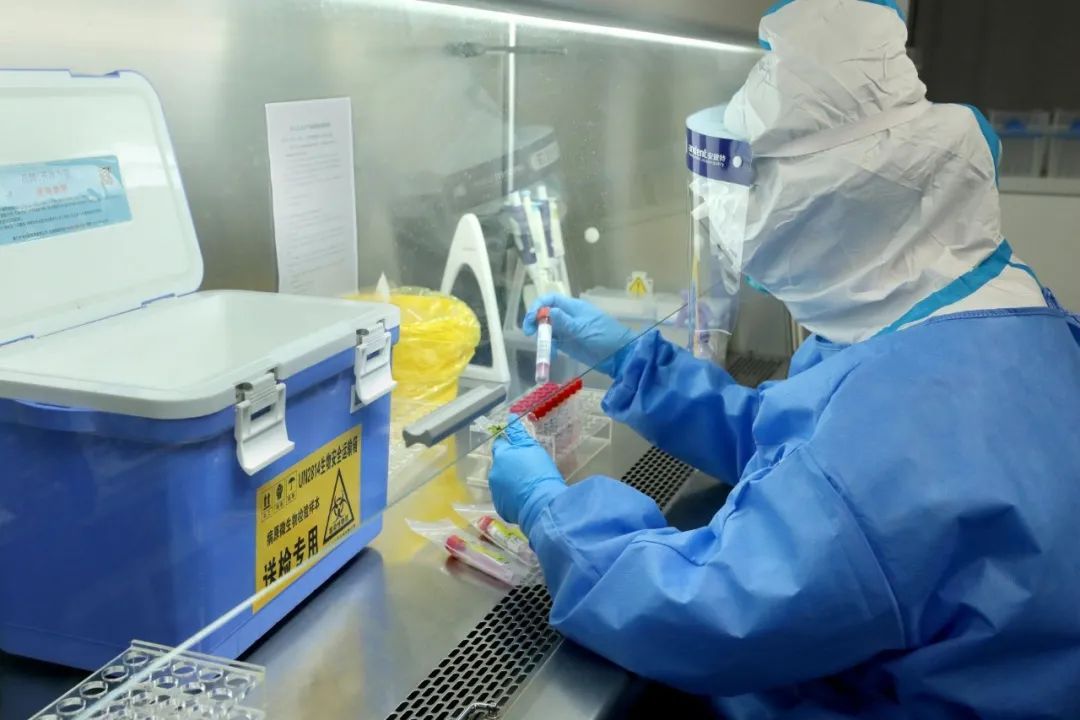
Specimen collection is a critical process in healthcare, research, and diagnostics. Whether you’re collecting blood, urine, tissue, or environmental samples, proper technique ensures reliable results and minimizes contamination risks. Here’s a comprehensive guide to doing it right.
Why Proper Specimen Collection Matters
Inaccurate collection can lead to misdiagnosis, delayed treatment, or flawed research data. For example:
- Medical testing: Contaminated urine samples may falsely indicate infections.
- Environmental studies: Poorly collected soil samples can skew biodegradability analyses.
- Forensics: Mishandled DNA specimens compromise evidence integrity.
Step-by-Step Specimen Collection Guide
1. Prepare Your Materials
- Sterile containers: Use certified leak-proof containers (e.g., AIC BioBag’s biodegradable specimen bags for eco-friendly disposal).
- Gloves and PPE: Wear nitrile gloves, masks, and goggles if handling hazardous materials.
- Labels and forms: Pre-label containers with patient/sample IDs, date, and time.
2. Follow Protocol-Specific Guidelines
- Blood collection:
- Clean the venipuncture site with 70% alcohol.
- Use vacutainer tubes in the correct order (e.g., culture tubes first).
- Urine collection:
- Provide a “clean-catch” midstream sample to avoid genital flora contamination.
- Swab samples:
- Rotate the swab firmly against the wound or surface, then place in transport media.
3. Minimize Contamination
- Avoid touching the inside of containers or swab tips.
- For environmental samples (e.g., soil or water), collect from multiple depths/locations.
4. Preserve and Transport
- Store temperature-sensitive specimens in insulated containers with ice packs or dry ice.
- Use biodegradable cold chain packaging (like AIC BioBag’s compostable thermal boxes) for eco-conscious shipping.
5. Document Everything
- Record collection time, method, and any deviations from standard protocols.
Common Mistakes to Avoid
- Delayed processing: Bacterial overgrowth occurs if urine sits >2 hours unrefrigerated.
- Mislabeling: 12% of lab errors stem from incorrect sample IDs.
- Improper storage: Heat-sensitive enzymes degrade rapidly at room temperature.
Specialized Collection Scenarios
- Biodegradability testing: Collect soil/compost samples at 0/30/60/90-day intervals to measure material breakdown.
- COVID-19 self-tests: Swab both nostrils (not just the tip) and seal the kit in a biohazard bag.
Sustainable Solutions for Specimen Management
Modern labs are adopting eco-friendly practices:
- Replace plastic specimen bags with plant-based biodegradable alternatives (certified to ASTM D6400).
- Use reusable stainless steel collection trays instead of single-use plastics.
Pro Tip: Always verify your facility’s SOPs (Standard Operating Procedures) and regulatory requirements (CLIA, ISO 15189) before collection.
Need Compliant Specimen Packaging?
Explore AIC BioBag’s range of medical-grade biodegradable bags and certified cold chain solutions—engineered to protect samples while reducing environmental impact.



